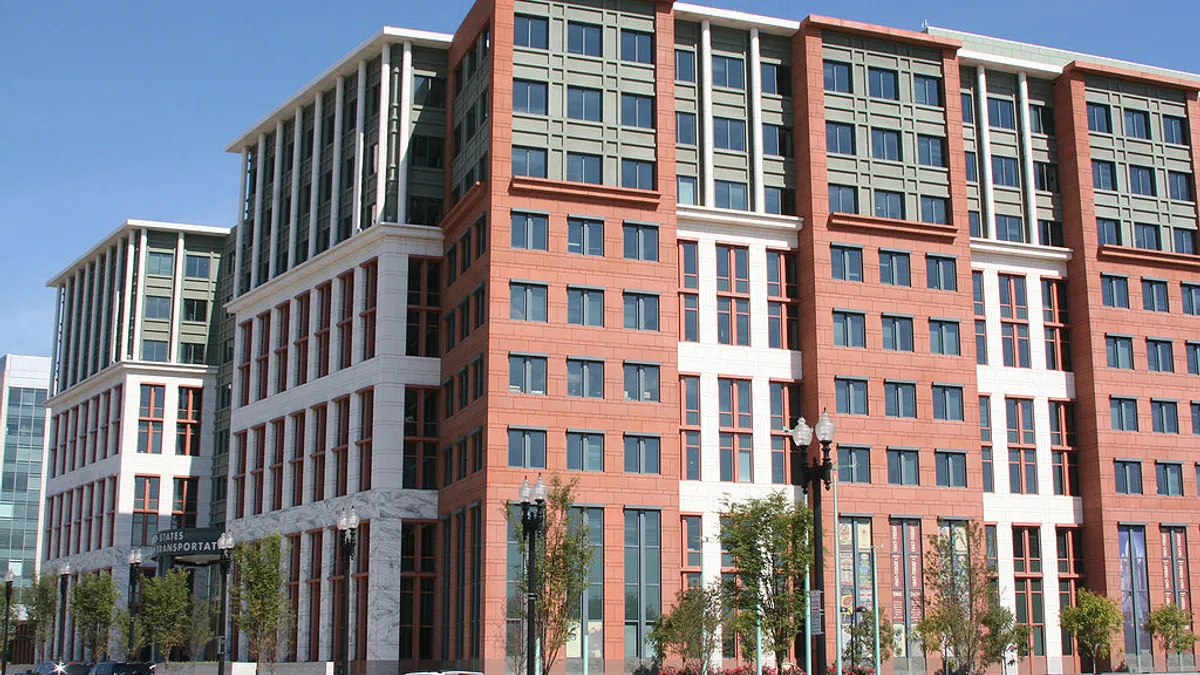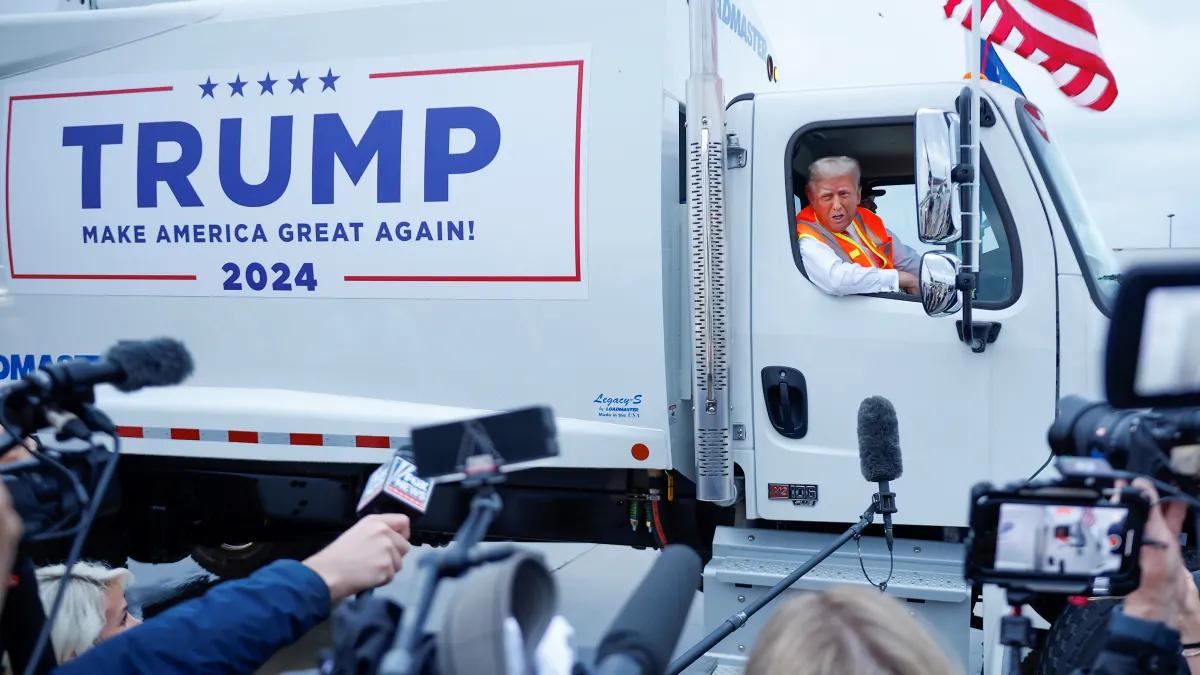President-elect Joe Biden has picked 2020 presidential candidate and former Mayor of South Bend, Indiana, Pete Buttigieg to be secretary of the Department of Transportation, Biden's transition team announced Tuesday.
The DOT secretary position has been subject to the rumor mill. A common thread throughout the suggested names — including Los Angeles Mayor Eric Garcetti, former Commissioner of the New York City DOT Polly Trottenberg, former Chicago Mayor Rahm Emanuel and Rhode Island Gov. Gina Raimondo — has been an emphasis on lower-level government.
While Buttigieg has limited political experience, the former mayor fits the local-government bill.
"Transportation is an issue that touches all Americans — urban, rural, coastal and in the heartland of our nation," American Trucking Associations President and CEO Chris Spear said in a statement. "Having served as a mayor, Pete Buttigieg has had an up close and personal look at how our infrastructure problems are impacting Americans, and how important it is to solve them."
This perspective would likely influence infrastructure spending, as shown by the $1 trillion infrastructure plan Buttigieg unveiled in January as part of his presidential campaign.
What was in Buttigieg's plan?
Buttigieg's "Building for the 21st Century: An infrastructure plan to create jobs, increase resilience, and usher in a new era of opportunity" included $165 billion for the Highway Trust Fund to make it solvent through 2029. This would be funded through a user-fee system — perhaps a vehicle-miles traveled fee, the plan suggested — to replace the gas tax.
Creating jobs was also a cornerstone of the infrastructure plan he released in January, as he looked to create 6 million "well-paying jobs with strong labor protections."
His plan called for updating and fixing at least half of all roads and bridges in poor conditions by 2030, with $50 billion in state grants to repair bridges.

The infrastructure document laid out the restoration of the Advisory Committee on Automation in Transportation, which the Trump administration dismantled, according to Buttigieg's plan. He proposed tasking the National Highway Traffic Safety Administration "with a strong federal role for regulation and oversight" to safely advance autonomous technology.
Buttigieg included electric vehicles in his infrastructure plan, to go hand-in-hand with his climate plan. The latter aimed to encourage the deployment of millions of EVs, and the infrastructure plan would fund the charging mechanism. Buttigieg proposed offering $6 billion in grants and loans for states and cities to partner with private companies and unions to do so.
That is in line with the Biden administration's goals. Biden aims to "put the United States on an irreversible path to achieve net-zero emissions, economy-wide, by no later than 2050," according to his campaign website. He has also hinted at modernizing highways and roads.
Taking the reins from Chao
The new DOT chief will pick up where an administration that worked on deregulation and collaborating with private companies left off. With Secretary Elaine Chao at the helm, these intents were evident in the agency's National Freight Strategic Plan, released in September. And President Donald Trump's executive order waiving environmental regulations accelerated infrastructure projects, though Congress has not passed an infrastructure bill.
The DOT boss will also inherit long-standing issues and have to reckon with disruptive technologies that continue to develop.
"Pete Buttigieg brings a fresh perspective to a policy arena that’s often staid and lacking new ideas," Geoff Freeman, president and CEO of the Consumer Brands Association, said in a statement. "Reducing congestion, addressing the truck driver shortage and encouraging innovations like commercial autonomous vehicles to lower carbon emissions are just some of the issues we expect to be on the department’s radar screen."
This story was updated with details from the Biden-Harris transition team.















